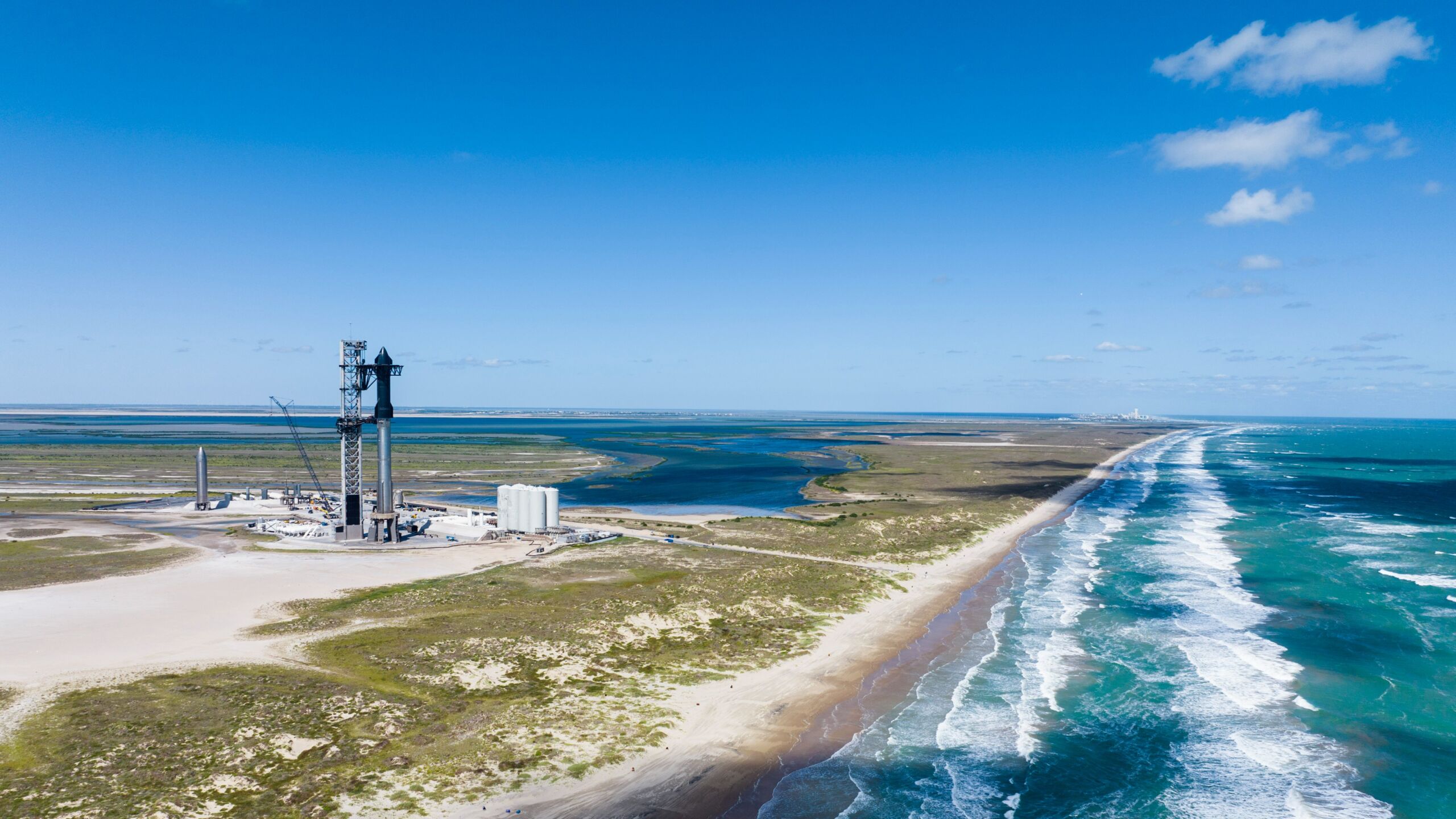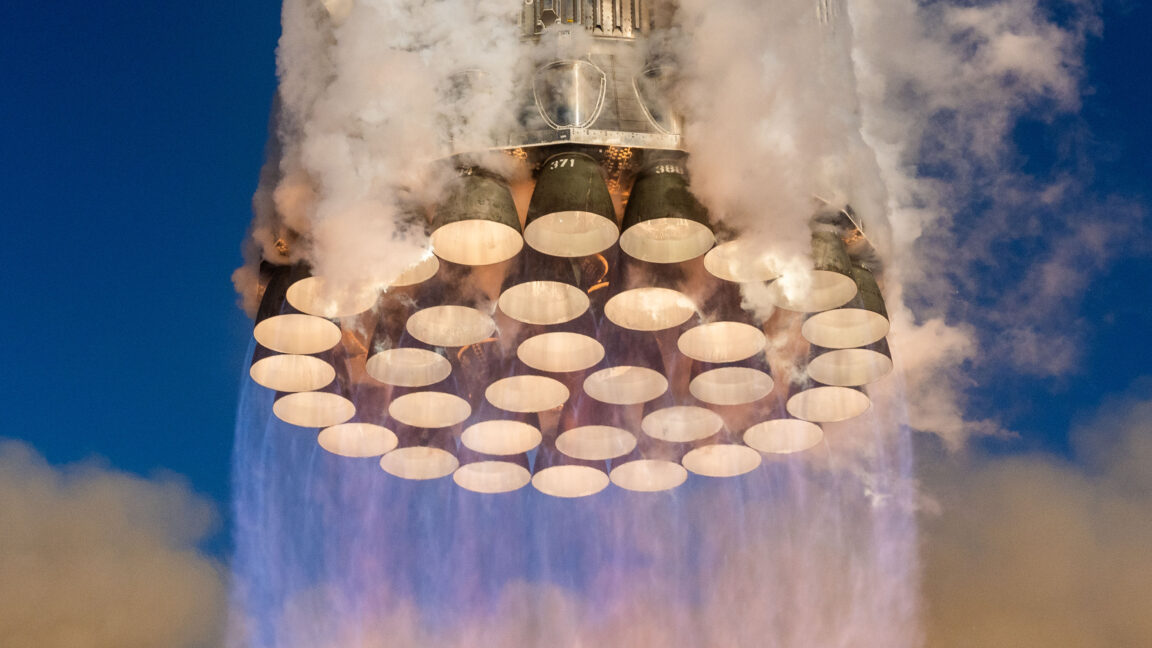In a remarkably frank discussion this week, several senior SpaceX officials spoke with Ars Technica on background about how working with the Federal Aviation Administration has slowed down the company's progress not just on development of the Starship program, but on innovations with the Falcon 9 and Dragon programs as well.
The SpaceX officials said they want to be clear that the FAA is doing a reasonably good job with the resources it has, and that everyone supports the mission of safe spaceflight. However, they said, the FAA needs significantly more people working in its licensing department and should be encouraged to prioritize missions of national importance.
In recent months, according to SpaceX, its programs have had to compete with one another for reviews at the FAA. This has significantly slowed down the Starship program and put development of a Human Landing System for NASA's Artemis program at risk. Inefficient regulation, the officials said, is decreasing American competitiveness as space programs in China and elsewhere around the world rise.
The discussion with Ars was convened by SpaceX in advance of a hearing on Wednesday before the US Subcommittee on Space and Science, at which William Gerstenmaier, vice president of Build and Flight Reliability at SpaceX, will be one of the people testifying. SpaceX hopes that Congress will provide guidance to the FAA on how to operate more efficiently.
“Maybe the committee can give them the big picture goals of what they want to accomplish for the US, and then maybe the FAA can be a little more innovative in how they interpret some of the rules and regulations," a SpaceX official said. "Their mission is to enable safe spaceflight. We cannot give up on the safety side, but could there be a little bit more emphasis on the enable side?”
Staffing concerns
SpaceX is on pace to launch about 90 rockets this year, primarily Falcon 9 boosters from Florida. Next year, the company aims to increase that rate by about 50 percent. That is on top of new entrants such as United Launch Alliance's Vulcan rocket, Blue Origin's New Glenn, and other smaller rockets coming online. Then there is the increased flight rate by Virgin Galactic, the return to flight by Blue Origin's New Shepard suborbital tourism rocket, and the potential for high-altitude balloon flights.
"We see a trainwreck coming," said one of the SpaceX officials, citing all of this work that the FAA needs to perform.
“Next year could be a pretty dynamic time with lots of providers in spaceflight," another SpaceX official said. "Our concern is even today Falcon and Dragon are sometimes competing for FAA resources with Starship, and the FAA can’t handle those three activities together. So let alone what's coming next year, or maybe even later this year, we just don't think the FAA is staffed ready to support that.”
During the hearing on Wednesday, Gerstenmaier will recommend that the FAA double the staff in the licensing division of its Office of Commercial Space Transportation, which is known as AST. In addition, the FAA should be given "accelerated hiring authority" to draw from the best pool of candidates.
The company also believes that license applicants should be able to opt-in to help fund independent third-party technical support to assist the FAA surge in the near term while the agency goes through the hiring process.
Competing with itself for resources
The SpaceX officials cited several recent examples where it has had to defer work or modify its plans due to a backlog of work at the FAA. For example, the company's Falcon 9 launches from Vandenberg Space Force Base sometimes fly over Jalama Beach, which is due south of the spaceport in California. SpaceX has been performing calculations, based on flight path and breakup analysis, to determine whether the beach needs to be closed. But because this work would compete directly with the FAA's Starship analysis, it has put the Jalama Beach review on hold and attempted to find nighttime launch windows when the beach would be empty.
"I think people assume because Falcon flies every four days on average that that licensing process is kind of a well-oiled machine," one SpaceX official said. "Certainly AST has made it work, and we have made it work, but I can assure you that it is very challenging. It's very cumbersome. In many cases, we have deferred work that is associated with those programs because we know if we put those documents in front of FAA it is going to redirect their attention away from our Starship program, and vice versa. There is a very real problem here, with resourcing, where our programs are competing with each other."
In terms of efficiency, SpaceX also said the FAA should lean on NASA, the US Space Force, and other federal agencies for support with the regulatory burden it faces.
For example, when SpaceX sought to move its tank farm at Launch Complex 39A in Florida, it submitted paperwork and received approval from both the US Space Force and NASA's Kennedy Space Center. The company was not seeking to move the fueling operations outside the fence line, but rather just to reposition them inside.
However, it also had to get approval from the FAA, and this, again, diverted resources away from reviewing Starship activity. Was this the best use of FAA resources when the Space Force and NASA had already signed off on the plans?
Seeking a more efficient FAA
SpaceX, and its founder Elon Musk, have pushed the US government to be more accommodating in the past. For example, about five years ago, the company provided extensive data to the US Air Force to convince it to accept an automated flight termination system—in essence, the rocket's onboard computer would sense when there is a problem and self-destruct, rather than relying on a military officer at the launch range. The system has now been widely adopted and will soon become mandatory for US rockets.
A SpaceX official said they would like to see the FAA, similarly, lean into the future.
"The range has an operational bent, and they’ve been very supportive about being able to support our launch rate," one of the SpaceX officials said. "They've gotten pretty creative with electronic processes, we send them electronic data and they send us electronic responses back. They've stepped up and figured out a way that they're pretty flexible with us. What we'd like to do is establish that same kind of positive relationship with the FAA. It's not saying that the relationship is negative, it's just not as efficient as it could be."
During his testimony, Gerstenmaier will urge Congress to have the FAA prioritize programs of national interest, which includes development activities for Starship, which NASA is counting on to land humans on the Moon later this decade. At present, all licensing activities are treated the same, with no accelerated review for activities such as the Artemis Program.
The SpaceX officials said they are losing time due to the review processes for Starship. The rocket for the vehicle's second flight has been ready to go for a little while now, and it likely will be waiting for two more weeks at least to complete regulatory review. The company is concerned that similarly lengthy reviews will delay the myriad future test flights needed to demonstrate Starship's viability, refueling capability, and ability to safely land on the Moon. While the Artemis III mission to land on the Moon is not being delayed day-for-day as a result, the regulatory issues are having an impact.
“Licensing at this point for Starship is a critical path item for the Artemis program, and for our execution," one of the SpaceX officials said. "Certainly looking forward into next year, we really need to operate that program at a higher cadence of flights. Six to eight month turns, that's not great for the program.”


